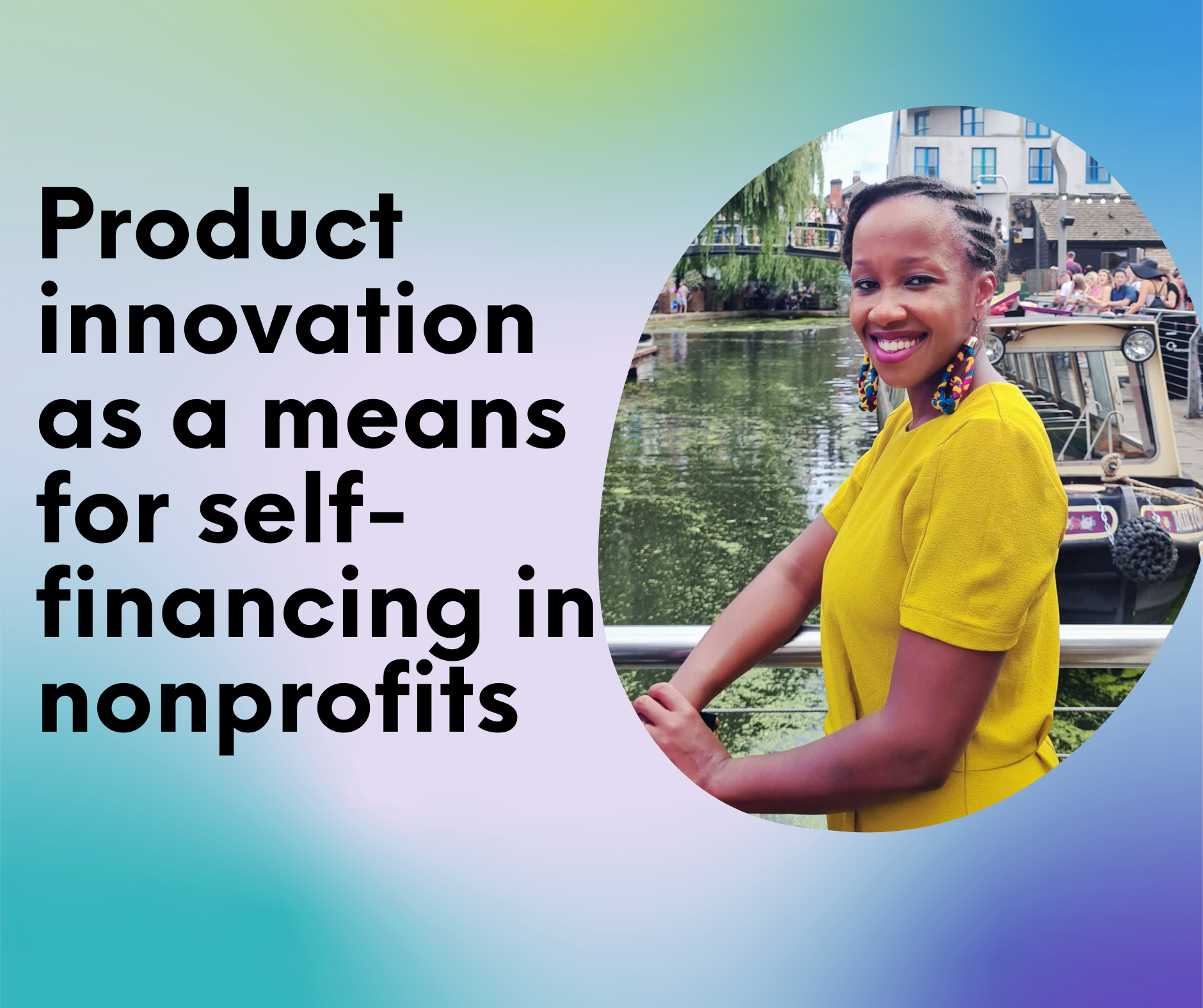
Product innovation is something that you rarely hear non-profits discuss as a way to generate funds. Yet nothing stops nonprofits from productising their services/offering as a means of self-financing.
I recently listened to a presentation on Business skills that make millions by Myron Golden. He shared three skills that businesses need to generate a lot of money. The presentation emphasised product innovation, and also provided a framework for thinking about how to create products that have value – that are desirable in the marketplace. It made me reflect on its applicability in the nonprofit world where funding is always a challenge.
The framework outlines three main skills, product innovation, revenue generation (which includes promotion, marketing, selling) and asset allocation (which includes pricing, payment collection, payment gateways). In this blog, I focus on the first skill, product innovation, in the context of nonprofits. As defined by the Harvard Business School, product innovation is the “process of creating a new product—or improving an existing one—to meet customers’ needs in a novel way”.
Myron emphasises product innovation rather than service innovation as a way to generate wealth because a service needs time to fulfill. Because time is limited, he recommends disconnecting the revenue generation from time as much as possible. This is especially relevant for nonprofits, as from observation, we tend to invest more in services than products. Yet time is even more scarce especially in volunteer-run nonprofits like Think Africa.
In Mylon’s framework, product innovation has three characteristics:
- Desirability: A product is desirable if it offers a solution to the marketplace, if it has value. Myron shares three situations that cause people to value things and that could make your offering/product desirable.
- Past perceived voids create present pursued value: If someone grows up without something but desires it, when they have a chance to get it, they will. To create something valuable, you can then find a large group of people with a void and design a product that fills that void.
- Present perceived virtues create present pursued values: When someone perceives something as good now, they are going to pursue it.
- Future perceived visions create present pursued values: When someone perceives something with the vision that it will pay off in the future they are going to get it e.g., paying tuition fees for a degree.
- Measurable: The promise of your product needs to be measurable, life before your product and after the product. The greater the transformation of your product, the more you can charge for it.
- State-able in a soundbite: You need to figure out how to say what you do for people in an easy-to-understand sentence.
Now, it’s easy to say or know that you should pursue product innovation, but even that takes time which nonprofits do not have. However, in some cases creating a desirable product could take the same amount of time it takes to write and submit a public grant, or organise an event or project. The advantage of investing in product innovation is that once you have created a desirable product then you don’t have to keep reinventing the wheel. Even the process can become a template for new innovations. Whereas with a grant, you might end up having to submit to several different funders to get a positive answer, if at all.
A few examples of low hanging fruit that nonprofits could explore include innovation around membership fees and services that are already being offered. Many nonprofits charge membership fees in return for benefits. This is already a product where more value could be created to attract members who are happy to renew each year. One could for instance innovate to also have a specific offering for those that can afford €200 and offer that to 5,000 people/companies and that is €1 million annual revenue.
Most nonprofits are also run by people with a certain expertise that makes them the best people to fulfill the organisation’s mission. Those same experts could spend time writing a book, newsletter, online guidelines that provide value (something that is desirable for many) and sell those assets. Your creators could potentially sell more digital products within an hour than you could deliver a service in that same period.
I hope this ignited some thoughts around product innovation in nonprofits. Do you have examples of nonprofits that have succeeded in product innovation and t could inspire others? Please share.
Written by: Myriam Munezero, a data analytics professional, who also volunteers at Think Africa. Learn more -> https://myriammunezero.com/



Your blog brightened my day.